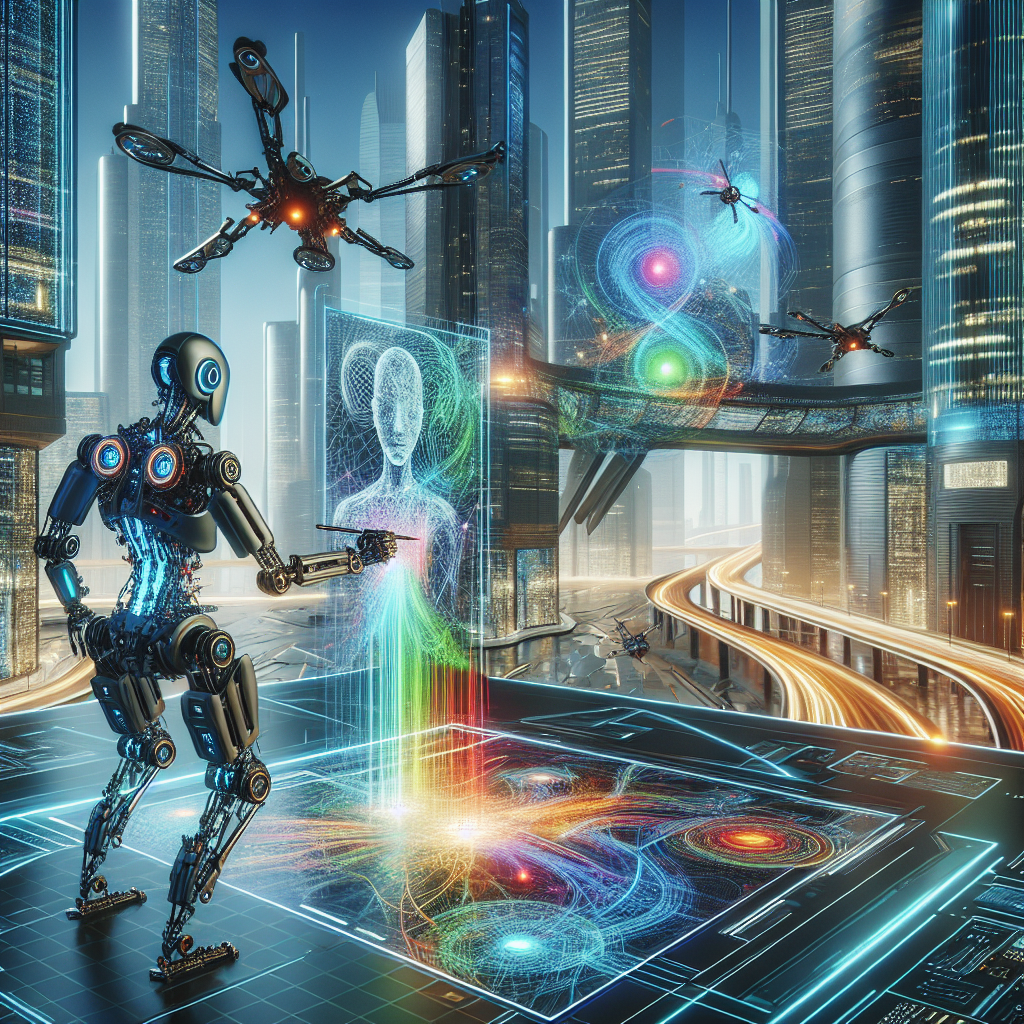Your cart is currently empty!
Artificial Intelligence and the Evolution of Visual Arts: A Look into the Future

Artificial intelligence (AI) is rapidly transforming the way we create and experience visual arts. From generating stunning digital artworks to enhancing traditional art forms, AI is pushing the boundaries of creativity and innovation in the art world.
One of the most exciting aspects of AI in visual arts is its ability to generate unique and compelling artworks. Artists and designers are using AI algorithms to create paintings, sculptures, and even entire virtual worlds that were previously unimaginable. These AI-generated artworks often blur the lines between human and machine creativity, challenging our perceptions of what art can be.
One of the key advantages of AI in visual arts is its ability to analyze and interpret vast amounts of data. By analyzing patterns and trends in art history, AI can help artists create new works that are inspired by the past but also push the boundaries of traditional art forms. AI can also assist artists in exploring new techniques and styles, leading to the development of innovative and experimental art forms.
AI is also revolutionizing the way we experience art. Virtual reality (VR) and augmented reality (AR) technologies are enabling artists to create immersive and interactive artworks that engage viewers in new and exciting ways. AI-powered algorithms can also personalize the art-viewing experience, tailoring artworks to individual preferences and interests.
Looking ahead, the future of AI in visual arts is full of possibilities. As AI technology continues to evolve, we can expect to see even more groundbreaking advancements in the field of art and design. AI algorithms may soon be able to mimic the style and techniques of renowned artists, allowing for the creation of artworks that are indistinguishable from human-made ones. AI may also play a key role in preserving and restoring cultural heritage, helping to digitally recreate lost or damaged artworks.
However, as AI becomes more integrated into the art world, there are also ethical and philosophical questions to consider. How do we define creativity and authorship in a world where machines are creating art? How do we ensure that AI is used responsibly and ethically in the creation and dissemination of art?
Despite these challenges, the evolution of AI in visual arts offers exciting opportunities for artists, designers, and art enthusiasts alike. By embracing the possibilities of AI, we can unlock new levels of creativity and innovation in the art world, leading to a renaissance of artistic expression and exploration. The future of visual arts is bright, and AI is sure to play a central role in shaping it.

Leave a Reply